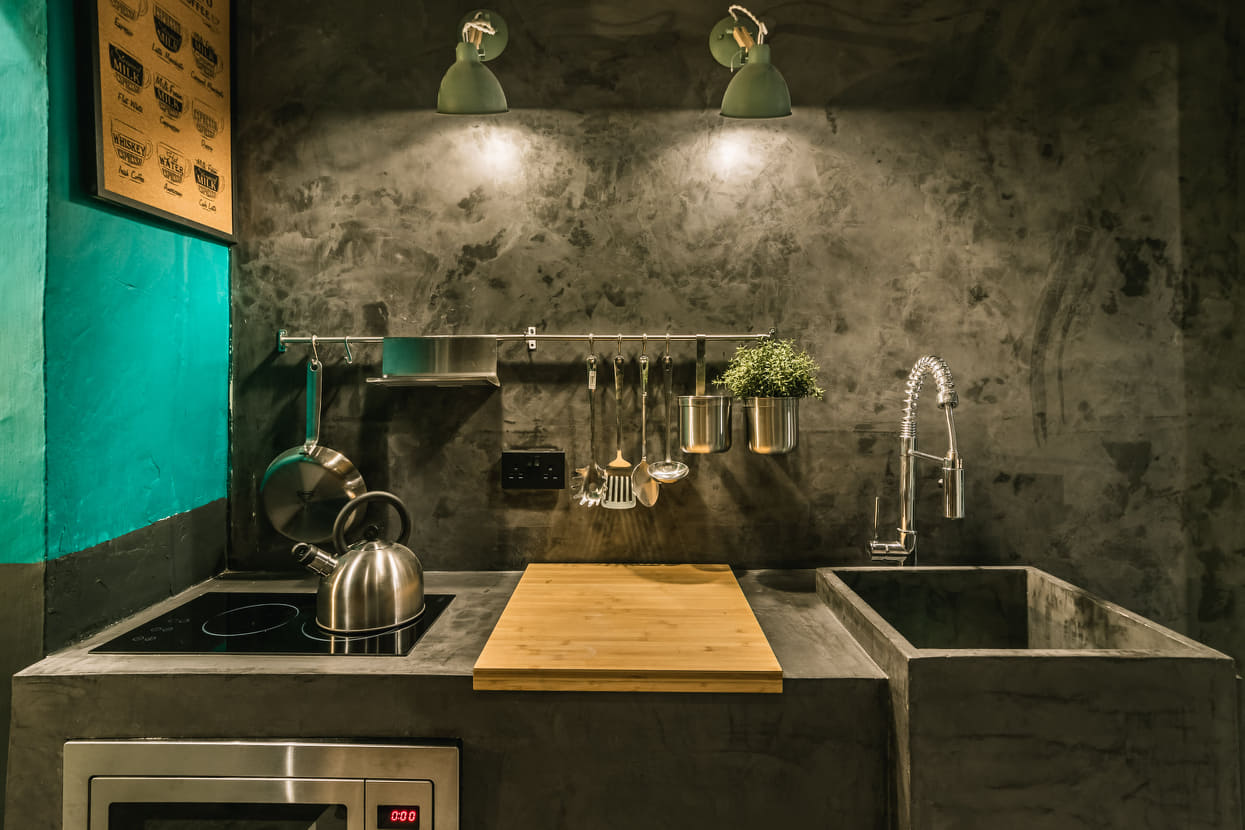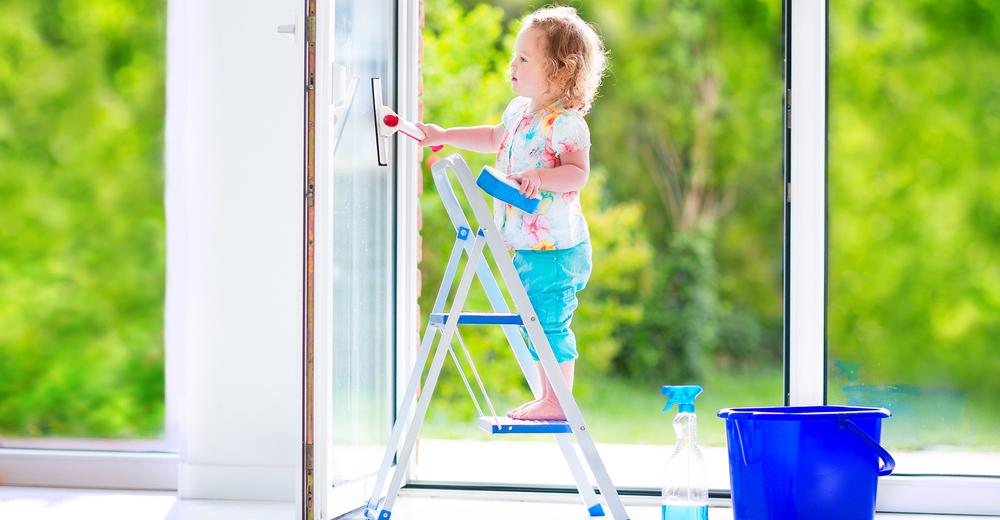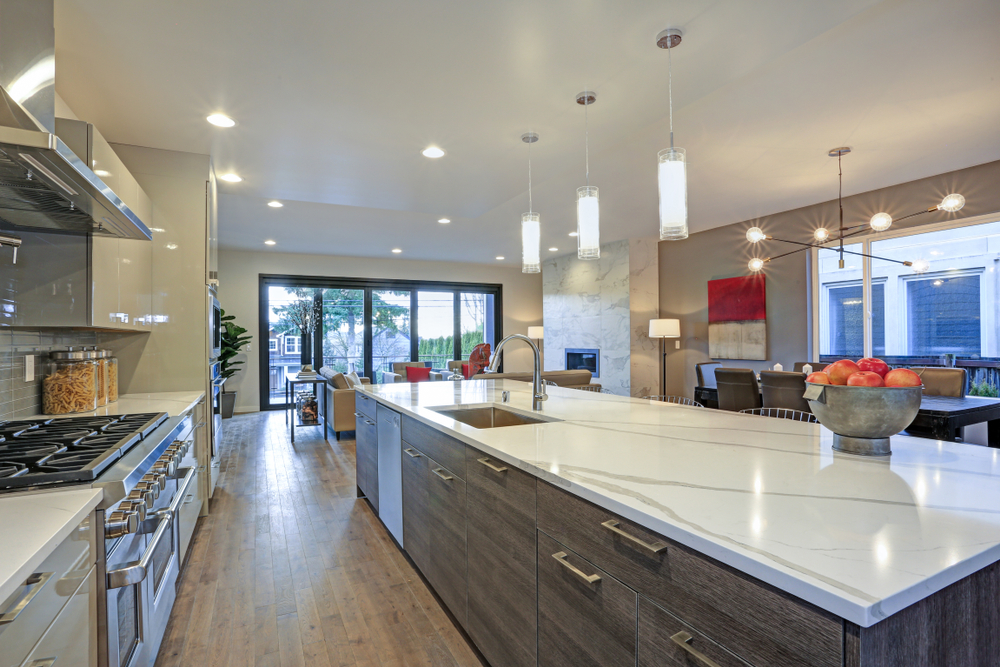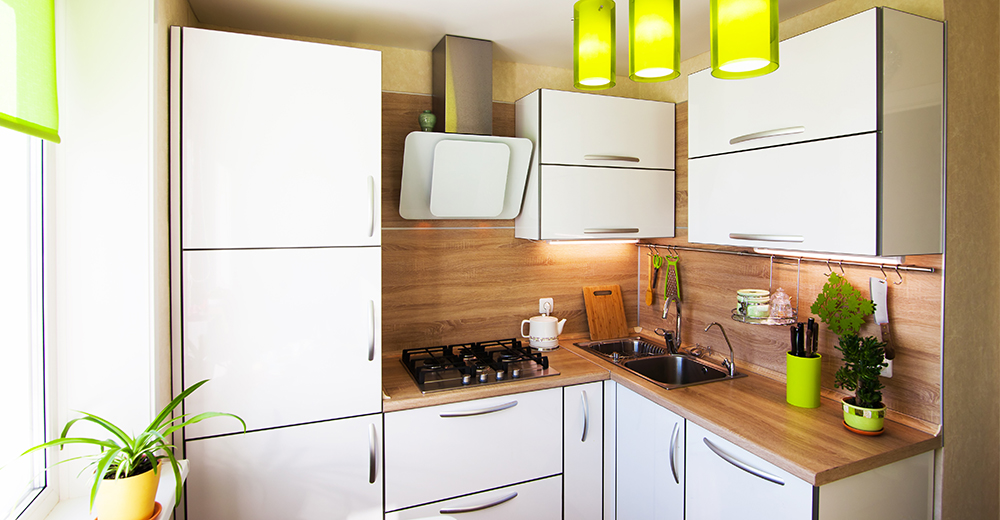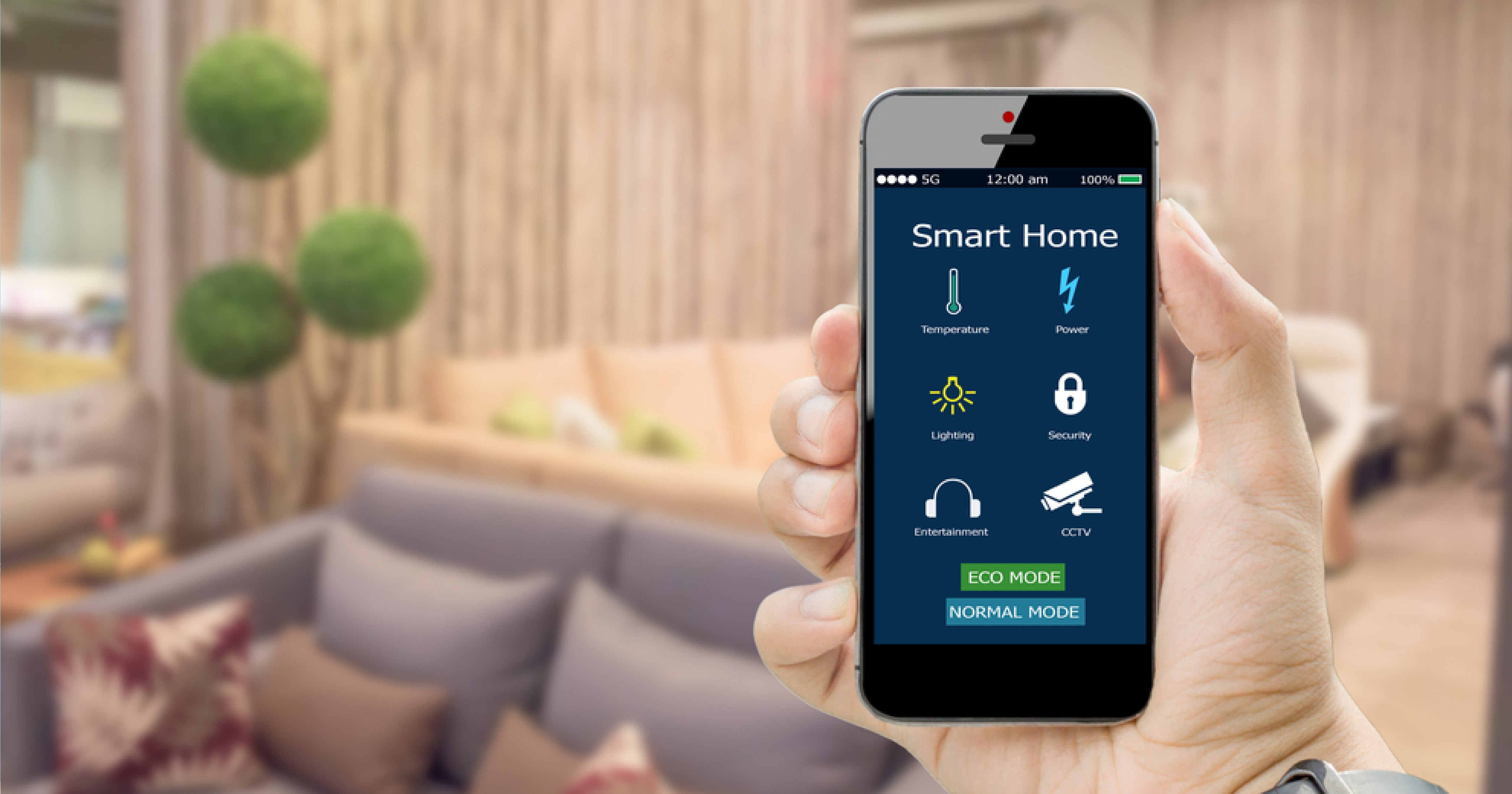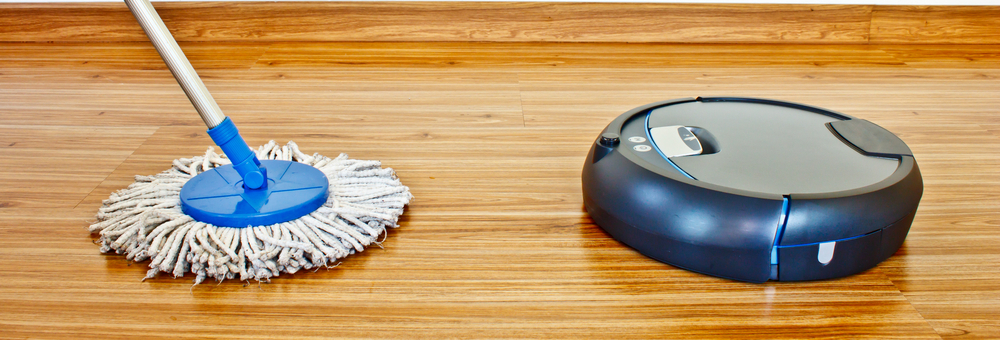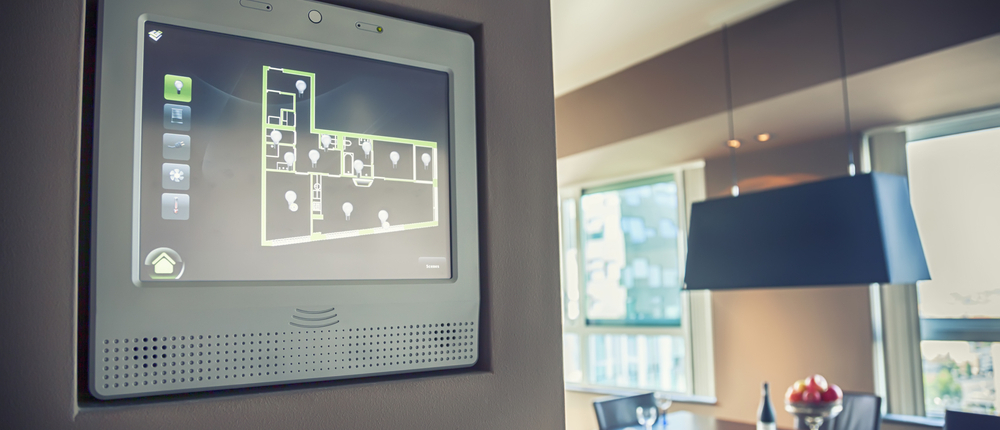For Maltese homeowners and parents with busy schedules, home automation takes a slice of science fiction and brings it to real life. Home automation systems are rapidly transforming from a ‘lap of luxury’ to an affordable, helping hand accessible to most households.
In this guide , we take a look at how home automation can change the way we run our household, and walk you through the essentials of setting up an integrated, comprehensive home automation system. Ing. Robert Frendo, Technical Director at AQS MED LTD joins us to answer our questions, and discuss home automation in Malta, what it involves, and where it’s heading.
Content in this article:
- What does Home Automation bring to the table?
- Key advantages of Home Automation
- Home automation in Malta: Where it’s at
- Getting Started with Home Automation
- Before you buy smart devices
- About the Z-wave
- Home Automation in 2020
What is Home Automation, and what does it bring to the table?
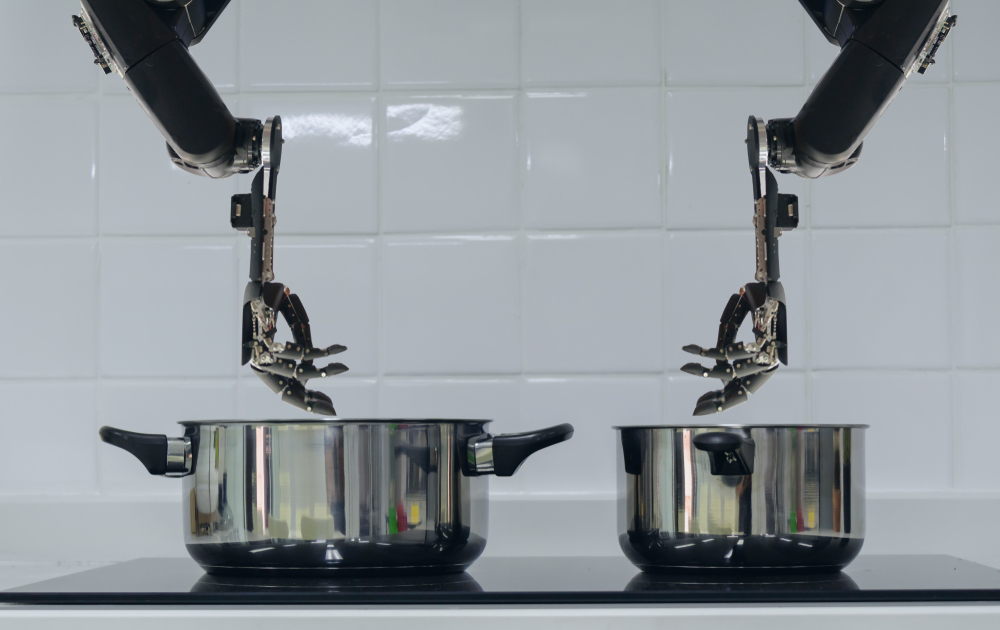
There was a time millennials enjoyed little more than watching their parents fumble with their ‘telecel’, trying to find the ‘the Facebook’. Now, most people you meet will be able to tell you what the ‘whatsapp’ and ‘messenger’ button look like.
To understand home automation, picture an app on your phone or tablet. This app notifies you there’s someone at the door, if you see it’s a friend, you tell this app to unlock the door for them.
Before they go indoors, you’ll use the same app to turn the lights on in the living room. It’s still not dark outside, so this interface will keep the lights dim to conserve energy.
While your friend waits, you may also adjust the temperature and play some music.
You can access your app from your bedroom, car, office – anywhere with a connection. If your hands are busy, smart speakers with voice recognition will let you manage your home through voice commands.
Home automation describes the integration or ‘hooking up’ of all your ‘smart’ devices and appliances to one local area network. Your ‘network’s interface’, ‘central hub’, or ‘gateway’ is the brain of your home, controlling all its smart appliances and devices.. Once it’s set up, you can then use one app on your smart phone or tablet to control all connected smart devices. You can also control your hub through your smart speakers!
From your hub you can control all the smart devices, gadgets and appliances in your home, including smart lights, kitchen appliances, electrical outlets, sound, heating and cooling systems. This also extends to home security, smart alarm systems, and all of the doors, windows, locks, smoke detectors, surveillance cameras and any other sensors that are linked to it. Better yet, you can connect with your hub via your smart phone, tablet or speakers.
Across almost every industry, from audio to refrigeration to security, smart appliances have become easy to spot in local stores. In fact, if you’re not familiar with the smart home automation scene, figuring out where to start and what’s essential can get confusing. In this article, we’ll later be going over the terms and jargon you’ll hear.
What are the key advantages of Home Automation for Maltese homeowners?
We may not have magic and witchcraft, but we do have automation and mechanisation. Here’s why it’s becoming so popular in Malta:
- The price tag
Initially, home automation systems required complex setup and configuration and its costs weren’t easy to ignore. With the introduction of wireless home automation, all the cabling and wiring costs have been omitted and adding more components can be done gradually depending on the client’s budget. The software is also more intuitive and users can customize the setups themselves.
- Energy consumption
One clear advantage of home automation is the unmatched potential for energy consumption and cost saving. Smart features like automatically switching off a device when not in use and optimising a device’s usage to specific hours in the day make a big difference.
Simple energy management features such as switching off ACs when doors or windows are left open, closing or opening blinds when the sun is on the buildings façade or switching on loads when the Photovoltaic system is producing energy all assist in reducing the homes carbon footprint.
- Convenience
Intelligent lighting and dimming, blinds or curtains can be voice activated through Amazon Alexa, Google Assistant or Siri. Other gadgets such as robotic cleaners to regularly tidy up and automatic irrigation based on the climatic conditions of the day are just a few other examples of how home automation makes our lives more convenient.
Home automation in Malta: Where it’s at (With Robert Frendo)
How can home automation change a home for the average homeowner?
Nowadays, home automation lets you control several aspects of your home remotely from one gadget – be that a smartphone, tablet, or specialised device. It is now possible to use one single platform to monitor and control your home’s security, energy management, audio, light and a lot more. The whole home can be monitored and controlled remotely through a simple-to-use mobile app – even if you’re not at home. That means, for example, you’d be notified about who’s knocking on your door while at work.
Can we now verbally order our TV to turn on, or the lights to go off?
Voice control through voice command platforms such as Amazon Alexa, Google Assistant and Apple Siri are proving to be a popular and cost effective means of interacting with the smart home.
This is giving us Tony Starks from Iron man vibes – do I also need to be a billionaire to afford this?
Traditionally home automation was a solution only available for the high-end property sector but the latest smart home wireless technology standards have pushed down the costs to the point that it is now affordable for the average home.
How do people in Malta look at home automation?
Most believe that home automation is just intelligent lighting or a smart security system; home automation creates a whole ecosystem that transforms a wide spectrum of functions in a home.
An automation system can handle property access and security, it can guarantee safety through fire, gas and flooding detection, it minimises waste by determining correct utilisation of lighting and automatically switching off unused appliances. It just brings so many exciting advantages: climate control be it for underfloor heating or HVAC; controlling blinds and awnings; water management such as irrigation control based on climatic conditions; voice activated control, multimedia and sound control and so much more. It genuinely excites us to see a home come to life.
How has the attitude towards home automation changed?
We have really noticed that young people – especially those who are more tech savvy – asking and shopping around for home automation. Its benefits are certainly becoming more appreciated. Moreover, lots of young people are introducing their own parents to home automation. Anyone who knows how to work a basic smartphone can manage a home automation system.
How up-to-date are we on home automation in Malta?
Home automation is still in its infancy in Malta. Whilst Building Management Systems have been installed in a number of industrial and commercial spaces mainly for energy management, the home automation market has traditionally either been installed in high end properties or by a number of DIY (do-it-yourself) enthusiasts.
Getting Started with Home Automation: Step by step or full integration?
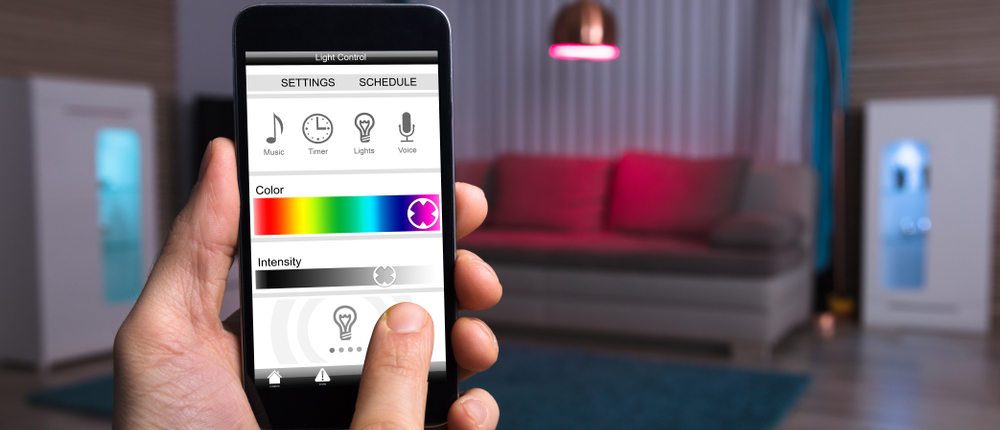
Home automation doesn’t have to be done all at one go. The right combination of gadgets is all you need to start adding a layer of ‘automation’ comfort in your home. Check out this article to find out about inexpensive, useful gadgets to bring some of the future back to your home.
The step-by-step modular approach
If you don’t necessarily want to dive into the deep from the get go, investing in smart gadgets separately can be quick and easy on the purse.
Our recommended pick for automation beginners are the smart plugs. Smart plugs allow you to control ordinary appliances, lighting, and other electronics from your smartphone. Using it is simple: Plug your ‘smart plug’ (it may be more accurate to call them plug-in outlets) to a power socket, and then plug the device you want to power on or off from your phone. If you’re interested in finding more about smart plugs, we’ve written an article that highlights 5 gadgets that are great to smarten up your home. This approach doesn’t usually include having a smart hub, which we’ll talk about further down.
The comprehensive, ‘full-integration’ approach
For homeowners looking to go all the way, an integrated home automation system completely changes the way you live in your home. With smart speakers, for example, you can ask your voice assistant to monitor the status of and control any smart appliance, device and outlet in your home. The integrated approach is characterised by the establishing of a ‘smart hub’ in your home – a mobile interface or a sound system you can interact with. Through this one hub, you can control and monitor all smart devices different in your home.
Likewise, any smartphone, tablet or specialised device connected to your home’s network allows you to control light and sound, check the door, initiate your robotic cleaner, automate security system, alter temperature and humidity – and more.
What home automation adds to your smart devices
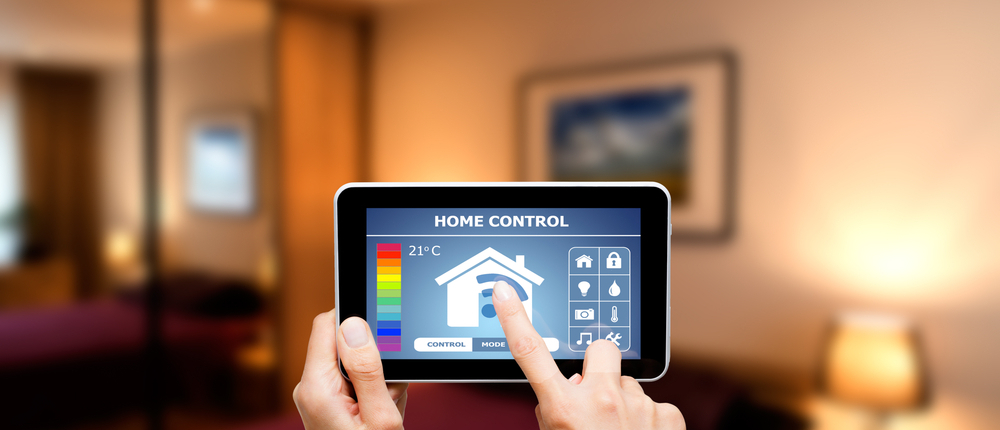
Manufacturers have produced a wide variety of “smart” devices, but they usually manufacture one singular smart device, like a phone, a speaker, or an alarm system. While you may have a “smart” TV, washing machine, refrigerator, thermostat, coffee maker or any of the other Internet-ready household devices on the market, the end result is usually a separate control scheme for each device. They may be smart, but you still need to manually learn and operate 20 different apps to control them.
Now, with companies manufacturing full-home packages of devices that can be controlled from one unified hub. All your devices ideally speak the same ‘language’ so that you can connect with all of them from one interface. This is because they use the same network or operate with the same protocol.
Home automation: What to keep in mind before buying

The Smart hub
Usually, every smart device will still require its own app on your phone to be monitored or controlled. With a smart hub (also known as ‘Bridges’ or ‘Controllers’), you can control every smart device in your home from a seamless easy to use app-based interface or through voice recognition. Thanks to a hub, each and every device becomes controllable from a single point – think of it as the brain!
One of the great things about modern smart hubs is that they will typically be able to bring together the signals from smart devices working with different wireless protocols (such as Zigbee or Z-Wave) and unify them in one place.
Voice recognition
It’s important to note that there’s technically a third alternative for controlling your smart home hub and device kit. With smart voice recognition systems acting as hubs, homeowners can now use spoken commands to get the job done in half the time, side-stepping the need for a physical device with an app-based interface.
Your smart device’s protocol
The protocol of a smart device determines with what other kind of smart devices it is compatible with. If you’re operating a wireless device in your home, the chances are that it utilizes at least one of the protocols mentioned below.
- Bluetooth LE
- Insteon
- Lutron clear connect
- WIFI
- X10
- ZigBee
- Z-Wave
The ideal scenario is to go for devices that utilize the same protocol (or speak the same language), however there are a number of products that can work across different protocols and with the right gateway in place, you can often get around this and bring your devices onto the same page
Power
Both ZigBee and Z-Wave are very low-power – and that’s a good thing! They use a fraction of the power required by WiFi. This is a major reason why they’re the favoured option for smart home devices. Applications which run on battery that won’t need access to hard-wired power are fried by WIFI within days.
Repeaters
Remember that a device acting as a repeater will require more power. For that reason, battery operated devices are usually programmed not to act as repeaters. This is important to keep in mind when building your network.
About the Z-wave Home Automation system (With Robert Frendo)
- It creates a ‘mesh network’ between up to 232 devices
- It’s a far cry from the 65,000+ nodes available on Zigbee, but 232 nodes is more than enough for any smart home
- Unlike with Zigbee and other protocols, all Z-Wave devices, without exception, work with other Z-Wave devices
- The Z-Wave Alliance now boasts more than 700 members, with 2,400 certified products. That’s more than 70% of the smart home market.
Z-Wave operates in the 908 MHz frequency band, which means that it does not have to deal with the often crowded 2.4 GHz band that ZigBee uses. Crowded frequencies can cause interference which will result in lost or unreliable signals. This doesn’t mean a ZigBee system isn’t perfectly reliable, but it requires perfect set-up and optimisation.
Z-Wave uses the same AES-128 symmetric encryption as Zigbee.
Nothing is hack-proof but most smart home vulnerabilities are down to login procedures on a device’s software, not their connectivity. (In other words, use a good password!)
When it comes to AQS products and services, what Home Automation do you offer, and what can people expect?
AQS offers a wireless home automation solution based on the industry standard z-wave protocol. Thanks to this, we can source any of the 2600 certified automation devices from over 700 manufacturers worldwide.
We selected this option because it gives us a lot of choice with regards to which products we can source; moreover, they all adhere to one common standard, which is always ideal to ensure long-term compatibility.
Is it fair to assume that not every homeowner is looking for an A-to-Z total home automation?
Very fair. This standard allows us to provide a very modular approach to home automation, where we tailor solutions around what the individual homeowner wants to automate – be that just lighting or the entire house.
On the flip side, what about soon-to-be homeowners who want automation from the get-go, – prior to moving into their home – what are their options?
AQS assists its clients from the initial design stages of the smart home system when the house is still being planned right through the implementation. For homeowners who just bought a property and are about to start refurbishing and renovation, there’s no better time to be speaking with a home automation agency.
We can work hand in hand with the client’s designers, architects and electricians to ensure that all the necessary electrical power and network cabling requirements are met. It’s a very effective way to guarantee Z-wave network optimization, ensuring all the devices in the home can communicate efficiently with the smart home controllers.
What sort of maintenance does the ‘z-wave’ device require?
Very little. The fact that the z-wave devices are wireless means that the system can be upgraded and extended without any additional re-cabling in the future. This also makes it particularly attractive when we are involved in retro-fitting these systems into existing homes.
Should people wish to look up information about our product, our home automation solution is based on Fibaro z-wave controllers and sensors together with other z-wave products from Qubino, MCO, Aeotec and Fibaro.
We also provide intercoms, CCTV and Wifi solutions for the home, all of which can be integrated into your automation system.
Home Automation in 2020 (With Robert Frendo)

What are the latest trends, and what can we expect from Home Automation in 2020?
Better integration with home appliances seems to be on the agenda from most manufacturers. Automation and efficiency will be integrated into everyday tasks and will encompass precise control over lighting, irrigation, heating, cooling, and other household processes.
What’s a really good benefit to come out of automation?
Thanks to automation, optimising energy efficiency in buildings will become far more feasible: People will benefit from optimized, controlled heating, ventilation and air conditioning systems, as well as more efficient lighting control.
How far off is home automation from becoming properly mainstream?
We are already starting to see the larger home automation manufacturers buying smaller companies in order to offer a more complete range of IoT (internet of things) devices to address all the functions that users expect to have in their smart home.
What is the Internet of Things
The Internet of Things refers to the embedding of physical devices, vehicles, home appliances, and other items with electronics, software, sensors, actuators, and connectivity to control them digitally, resulting in efficiency improvements, economic benefits, and reduced human exertions.
How will home automation develop over the next five years?
In the next few years we expect that AI (Artificial Intelligence) will play an increasingly important role in home automation system. Home automation system will be programmed to learn the occupants behavior patterns and use the information to facilitate everyday tasks.
This includes cleaning, cooking, ordering food online, managing solar power utilization and energy storage. The smart home will also manage electric vehicle charging, control and optimise home climate, and even exchange information with neighboring smart homes. Better integration with home appliances will also mean that maintenance requirements on home equipment are predicted before failure.
As automation develops, homes will run more autonomously and adapt to harder and more complex challenges, requiring less and less manual control and labour.
Which industries are beginning to look at Home Automation?
We are starting to see a demand for basic home automation in the property rental industry. We do in fact offer a different solution which covers remote door access for the tenant though an app or a pin code, fire and flood detection, security and HVAC management all though a simple mobile app.
Alternatively one can use a browser portal for multi-room or multi property management as well as integration with sites such as Airbnb. For more information on this, they can give us a call or send us a private message on our Facebook page. We’ll respond as soon as we can!
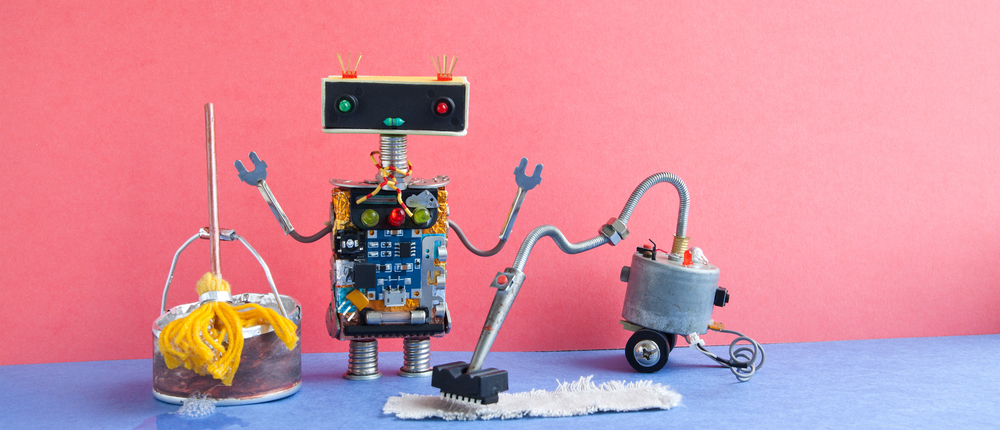
DO YOU HAVE A STORY, A PERSON OR A PLACE IN MIND?
Send us a message on our Facebook page or via email, [email protected].

